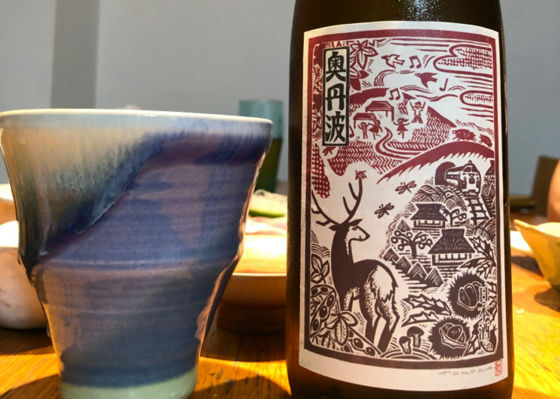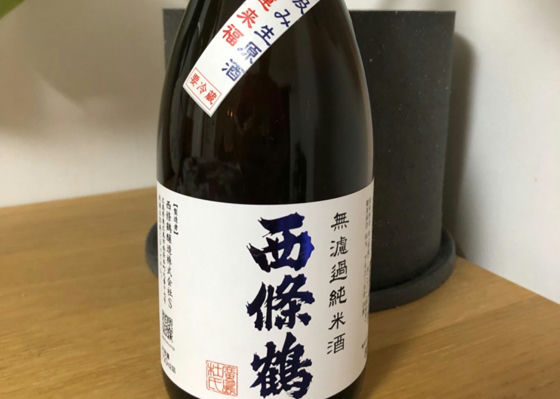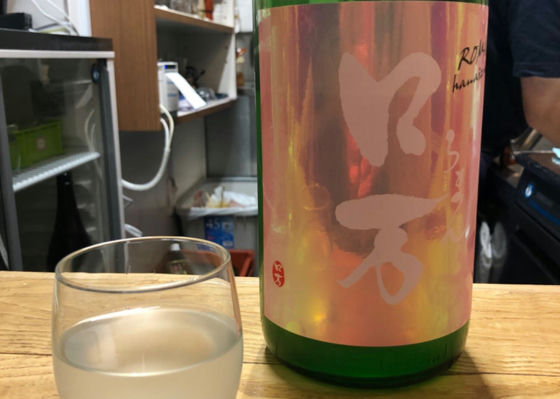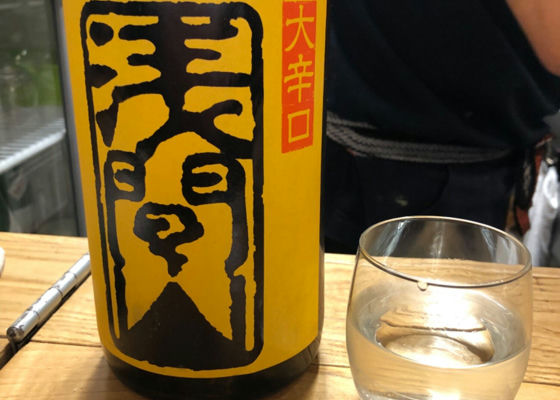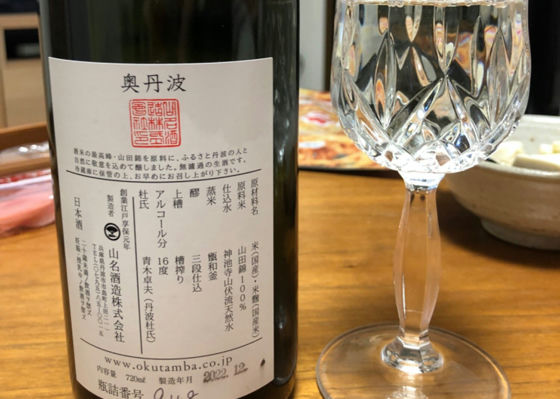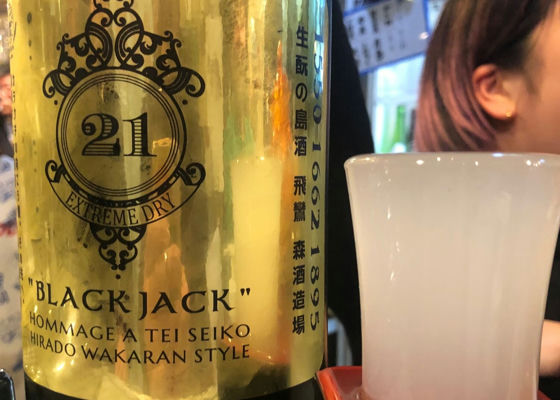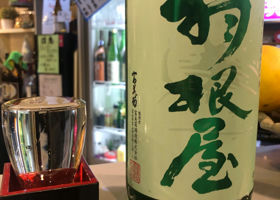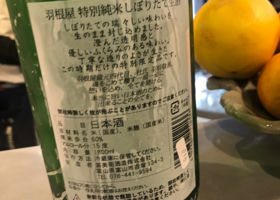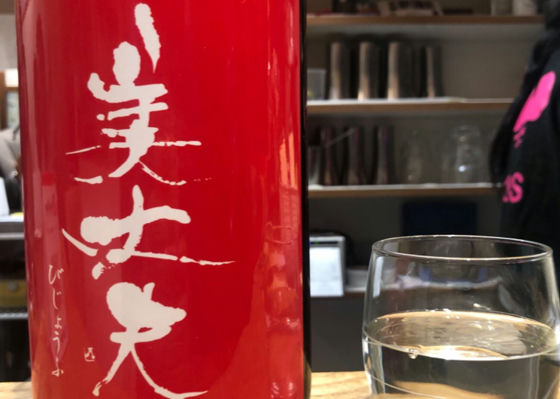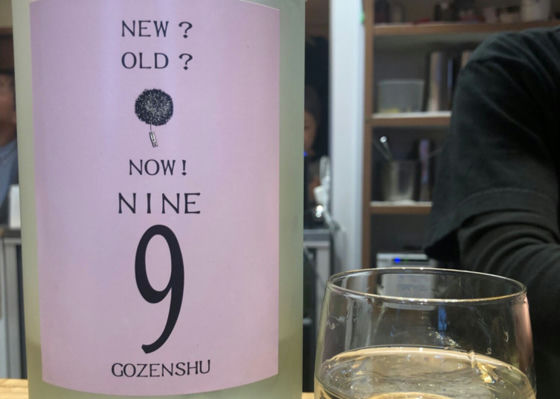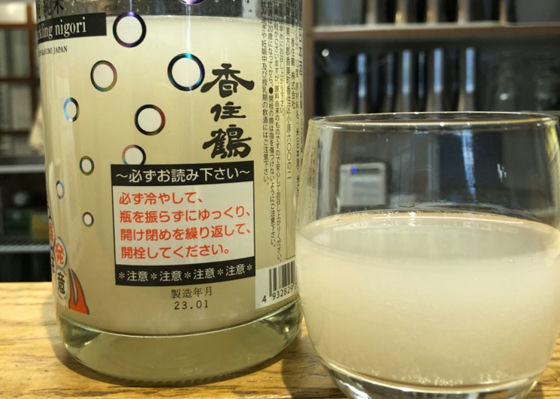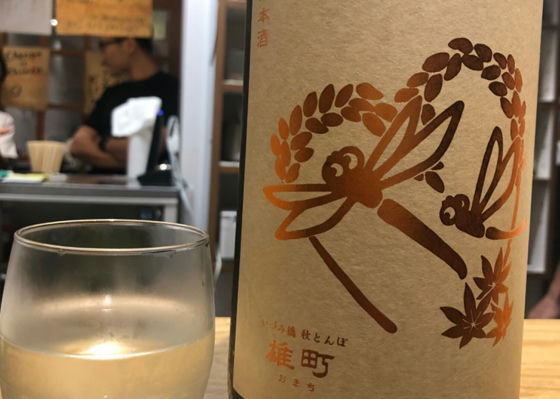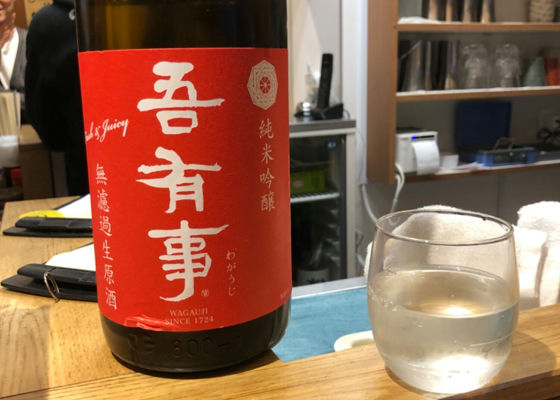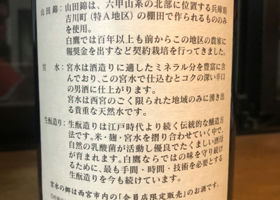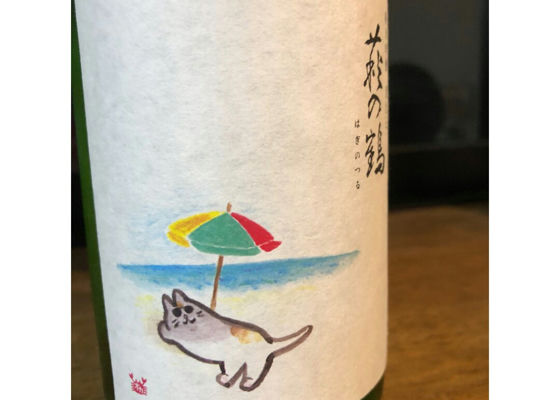
あるでば
The label is quite cute, and the bottle is reminiscent of autumn. It seems to be a sister product of the cosy "Bikuyo Tamara Label" and is only available during the fall season.
It is aged at low temperatures from spring to summer, which adds to its umami. Basically, it is a slightly spicy and light sake, which is typical of Bikuyo.
Sake at this time of the year is good, and the food is delicious too.
Memo
Rice:Matsuyama Mitsui
Rice polishing ratio: 55
Yeast used: AA-41
Sake meter: +4
Sake strength: 15
Acidity: 1.6
Brewing year: R3BY
Japanese>English
